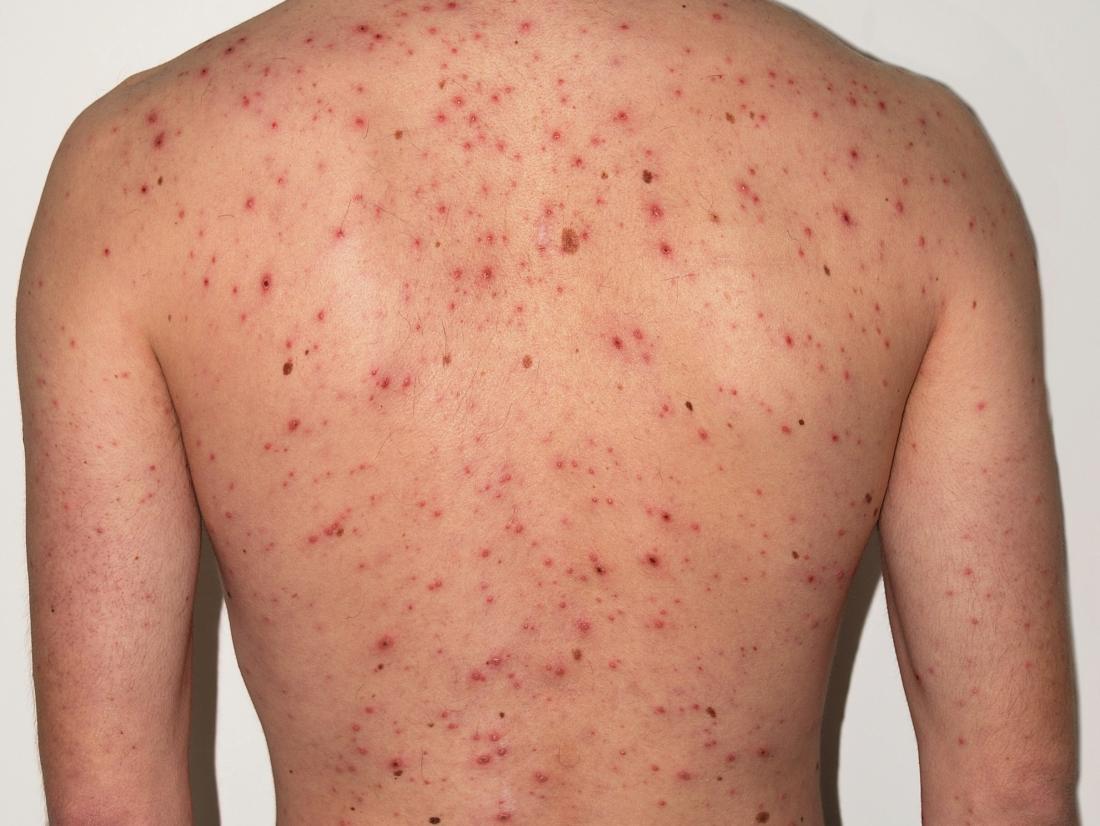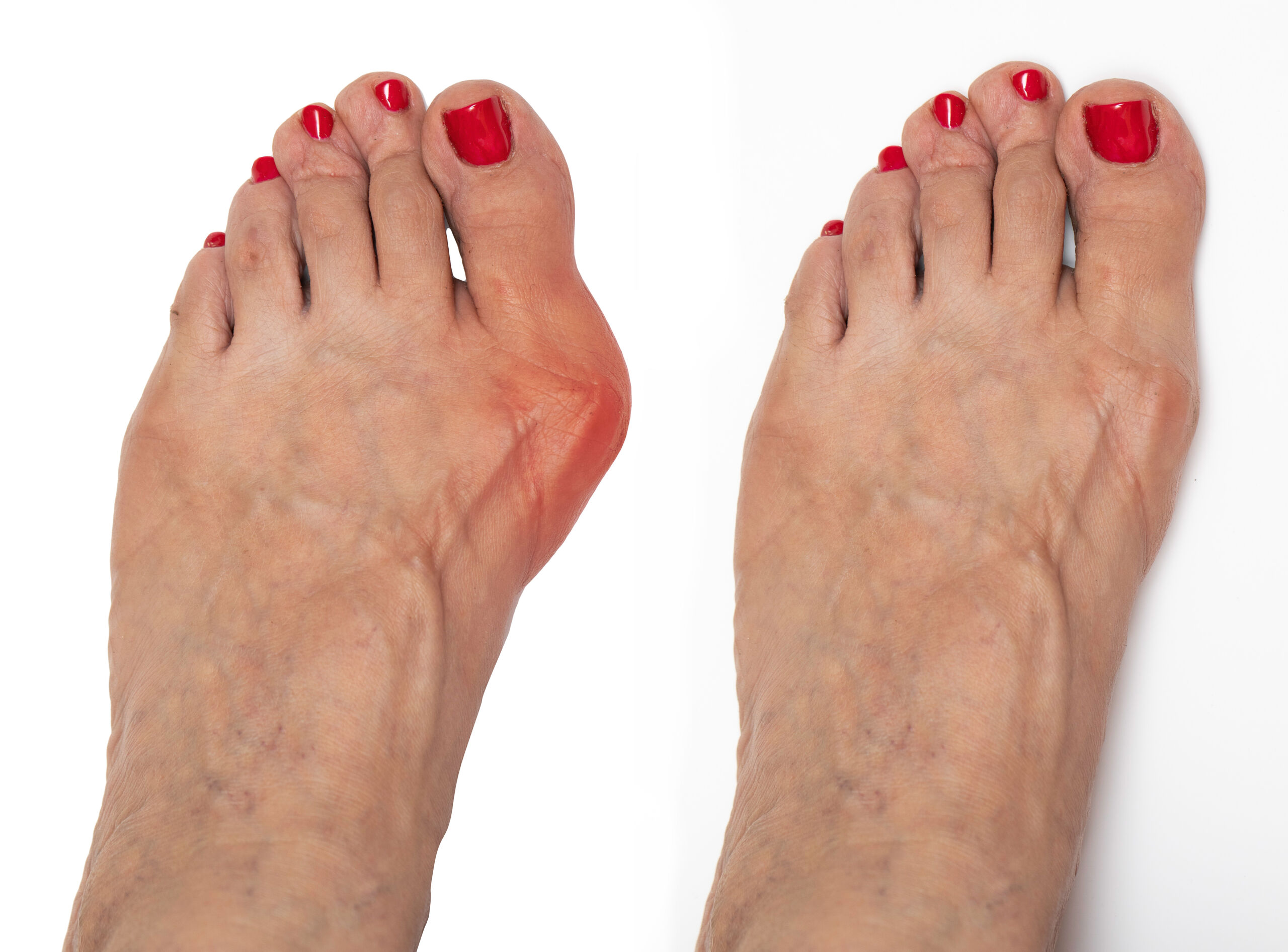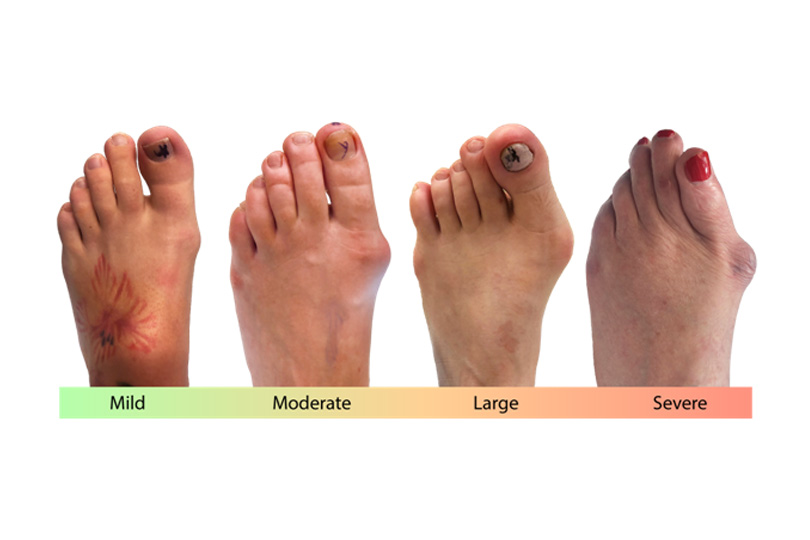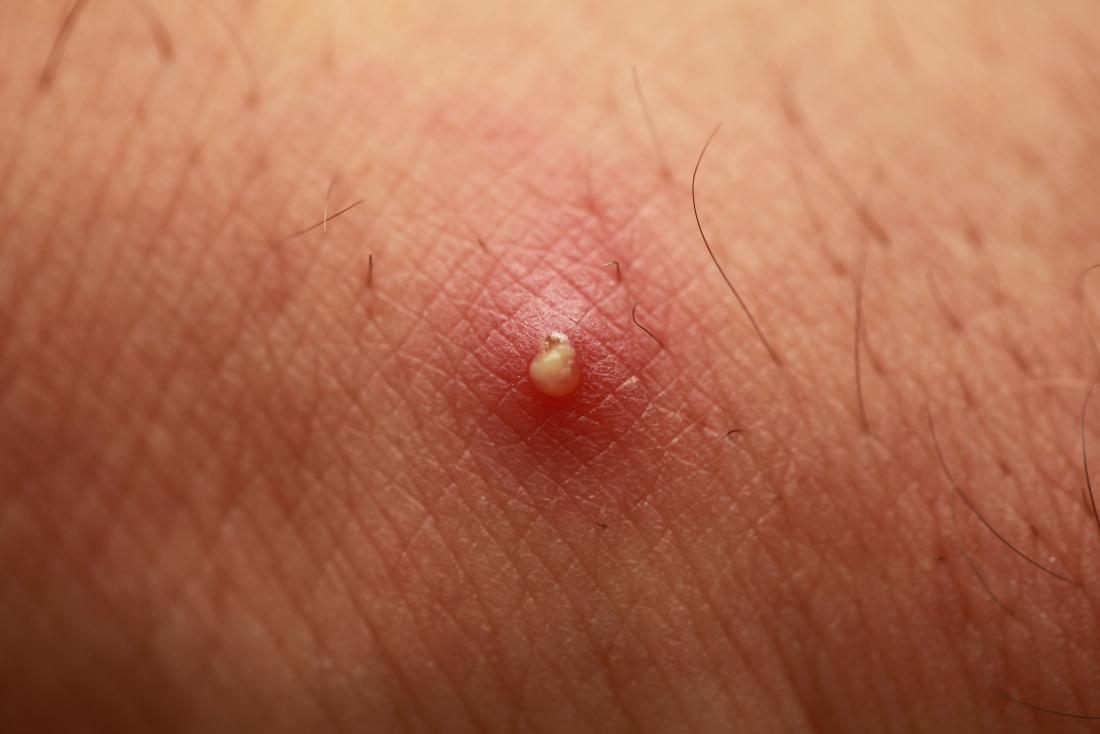Nursing Paper Example on Chagas Disease: Causes, Symptoms, Diagnosis, Treatment, and Patient Education
Causes
Etiology
Pathophysiology
The pathophysiology of Chagas disease is characterized by a cascade of events triggered by the invasion and persistence of Trypanosoma cruzi within the host’s tissues. Upon entry into the bloodstream, the parasite targets various organs and systems, including the heart, gastrointestinal tract, and nervous system, leading to progressive tissue damage and dysfunction.
In the acute phase of infection, Trypanosoma cruzi proliferates rapidly at the site of inoculation before disseminating throughout the host’s body. During this phase, the immune response plays a crucial role in controlling parasite replication and limiting tissue invasion. However, in some cases, the parasite manages to evade immune surveillance, establishing chronic infection.
As the disease progresses to the chronic phase, the ongoing presence of Trypanosoma cruzi triggers a persistent inflammatory response, leading to chronic myocarditis and cardiomyopathy. The parasite directly invades cardiac muscle cells, causing cellular damage and fibrosis, which impairs myocardial contractility and contributes to the development of cardiac complications such as arrhythmias, heart failure, and thromboembolic events.
In addition to cardiac involvement, Chagas disease can also affect the gastrointestinal tract, leading to disorders such as megaesophagus and megacolon. Trypanosoma cruzi invades the smooth muscle cells of the esophagus and colon, disrupting peristalsis and causing dilatation of these organs. This dysmotility results in symptoms such as dysphagia, regurgitation, constipation, and abdominal distention, significantly impacting the patient’s quality of life.
Furthermore, the parasite can infiltrate the nervous system, leading to neurologic manifestations such as peripheral neuropathy, meningoencephalitis, and stroke-like syndromes. Neuronal damage and inflammation contribute to the development of neurological deficits, including sensory and motor impairments, cognitive dysfunction, and autonomic disturbances.
Overall, the pathophysiology of Chagas disease is multifaceted, involving a complex interplay between the parasite, host immune response, and tissue-specific damage mechanisms. Understanding these underlying processes is essential for developing targeted therapeutic interventions and mitigating the long-term complications associated with this chronic parasitic infection. (Nursing Paper Example on Chagas Disease: Causes, Symptoms, Diagnosis, Treatment, and Patient Education)
DSM-5 Diagnosis
Diagnosing Chagas disease relies on a combination of clinical evaluation, laboratory testing, and imaging studies, guided by established diagnostic criteria outlined in the Diagnostic and Statistical Manual of Mental Disorders, Fifth Edition (DSM-5). The DSM-5 criteria provide a standardized framework for the identification and classification of mental disorders, including Chagas disease-related neurocognitive disorders.
The diagnosis of Chagas disease begins with a thorough medical history and physical examination to assess for risk factors, symptoms, and potential exposure to the parasite. Clinical suspicion may be heightened in individuals with a history of residence or travel to endemic regions, as well as those presenting with cardiac, gastrointestinal, or neurological symptoms consistent with Chagas disease.
Laboratory testing plays a pivotal role in confirming the diagnosis of Chagas disease, with serological assays serving as the mainstay of diagnostic evaluation. Enzyme-linked immunosorbent assay (ELISA) and indirect immunofluorescence assays (IFA) are commonly employed to detect specific antibodies against Trypanosoma cruzi in the patient’s blood serum. Positive serological results, indicative of past or current infection, are essential for establishing the diagnosis of Chagas disease.
In cases where the acute phase of infection is suspected, direct parasitological methods such as blood smear examination or polymerase chain reaction (PCR) testing may be utilized to detect the presence of Trypanosoma cruzi parasites in the patient’s blood. However, these methods are less sensitive and specific compared to serological assays, particularly during the chronic phase of infection.
Imaging studies, including electrocardiography (ECG) and echocardiography, may be employed to assess cardiac involvement and monitor disease progression in individuals with Chagas disease-related cardiomyopathy. These modalities enable the detection of cardiac abnormalities such as arrhythmias, conduction disturbances, ventricular dilatation, and systolic dysfunction, aiding in risk stratification and treatment planning.
In summary, the DSM-5 diagnosis of Chagas disease entails a comprehensive approach encompassing clinical evaluation, serological testing, and imaging studies to confirm the presence of Trypanosoma cruzi infection and assess its clinical manifestations. Early diagnosis and intervention are crucial for improving outcomes and reducing the burden of Chagas disease-related morbidity and mortality. (Nursing Paper Example on Chagas Disease: Causes, Symptoms, Diagnosis, Treatment, and Patient Education)
Treatment Regimens and Patient Education
Treatment of Chagas disease focuses on two main goals: eradicating the parasite and managing complications associated with chronic infection. Pharmacological therapy with antiparasitic medications, such as benznidazole or nifurtimox, represents the cornerstone of treatment, particularly in the acute and early chronic phases of the disease. These medications work by inhibiting the replication of Trypanosoma cruzi, thereby reducing parasite burden and preventing disease progression. However, it’s essential to note that treatment efficacy may vary depending on the stage of infection and individual factors such as age, comorbidities, and drug tolerability.
In addition to antiparasitic therapy, symptomatic management plays a crucial role in addressing complications related to Chagas disease, particularly cardiac and gastrointestinal manifestations. Patients with Chagas disease-related cardiomyopathy may require treatment with medications such as beta-blockers, angiotensin-converting enzyme (ACE) inhibitors, diuretics, and antiarrhythmic agents to manage heart failure, arrhythmias, and other cardiovascular symptoms. Similarly, individuals with gastrointestinal complications, such as megaesophagus or megacolon, may benefit from dietary modifications, prokinetic agents, laxatives, and surgical interventions to alleviate symptoms and improve gastrointestinal motility.
Patient education is paramount in the management of Chagas disease, empowering individuals with the knowledge and skills needed to prevent transmission, recognize early symptoms, and adhere to treatment regimens. Health education initiatives should emphasize the importance of vector control measures, such as improving housing conditions, using insecticide-treated bed nets, and avoiding outdoor sleeping areas to reduce exposure to triatomine bugs. Furthermore, promoting awareness about the potential risks of congenital transmission and blood transfusion-related transmission can help prevent secondary cases of Chagas disease in at-risk populations.
Moreover, educating patients about the importance of seeking timely medical evaluation and adhering to prescribed treatment regimens is essential for optimizing treatment outcomes and preventing disease progression. Patients should be counseled on the potential side effects and adverse reactions associated with antiparasitic medications, as well as strategies to manage these symptoms effectively. Additionally, healthcare providers should address the psychosocial aspects of Chagas disease, providing emotional support and connecting patients with relevant resources and support groups to cope with the challenges of living with a chronic, stigmatized condition.
A comprehensive approach to the management of Chagas disease encompasses pharmacological therapy, symptomatic management, and patient education. By integrating these components into clinical practice and public health initiatives, we can improve outcomes for individuals affected by Chagas disease and mitigate its impact on communities worldwide. (Nursing Paper Example on Chagas Disease: Causes, Symptoms, Diagnosis, Treatment, and Patient Education)




 Chlamydia infection can manifest with a wide range of signs and symptoms, although many individuals infected with Chlamydia trachomatis remain asymptomatic, especially in the early stages of infection. When symptoms do occur, they typically appear within 1 to 3 weeks after exposure to the bacterium.
Chlamydia infection can manifest with a wide range of signs and symptoms, although many individuals infected with Chlamydia trachomatis remain asymptomatic, especially in the early stages of infection. When symptoms do occur, they typically appear within 1 to 3 weeks after exposure to the bacterium.











